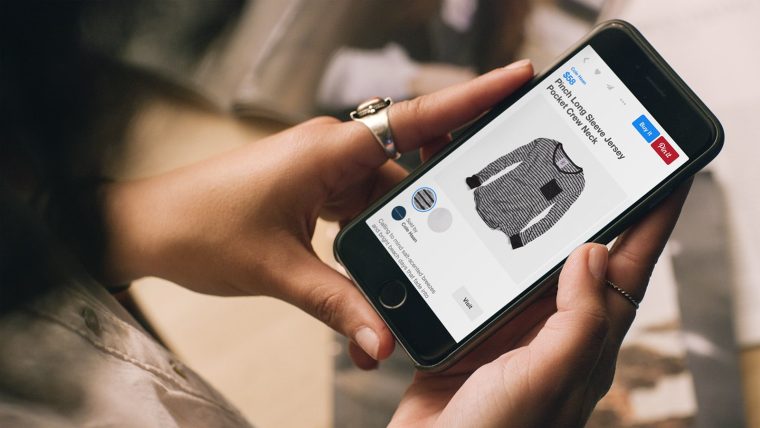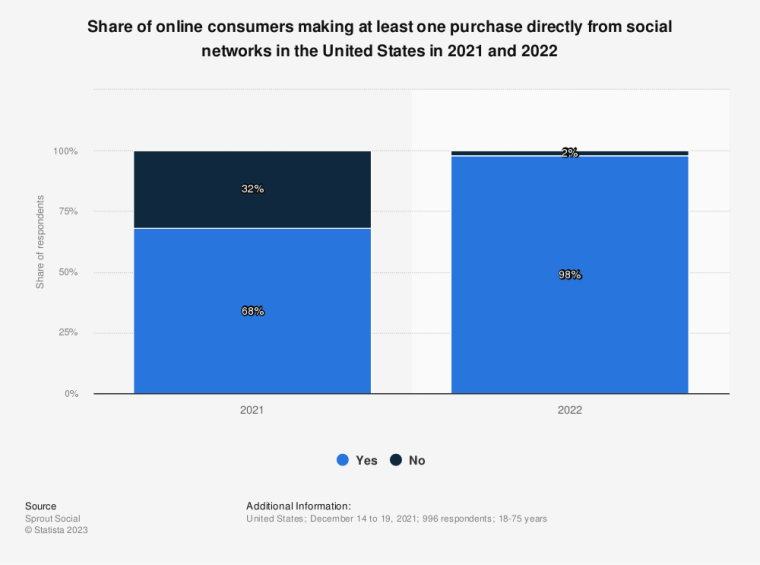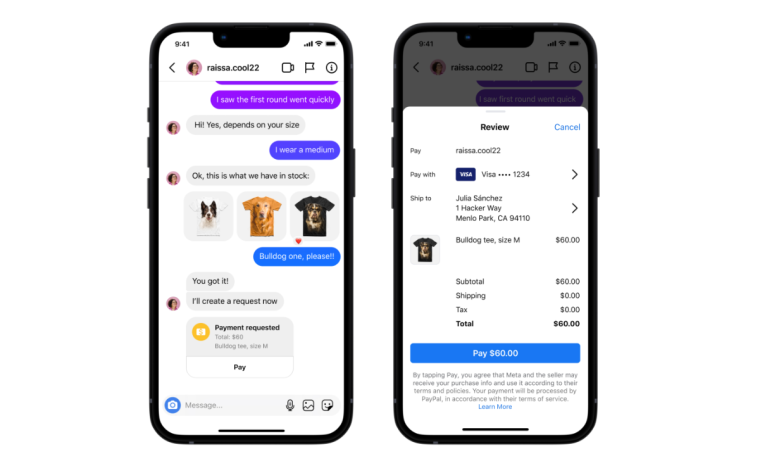
The ways in which people utilize social media are growing and changing along with the platforms themselves and one of the areas which have seen tremendous growth is commerce. The number of people using social media to browse, study, and purchase goods from companies that have created digital storefronts on each platform has grown significantly creating a new way of business called social shopping.
The Rise of Social Shopping
Social shopping is simply the merging of social media and e-commerce. It is a retail experience that is shared on a social platform with a network of friends and followers resulting in a customer being influenced by these shared purchases and recommendations to acquire a product.
Not only is a customer influenced to make a purchase, but they are also able to do so directly from social media platforms like Instagram and Facebook. This is made possible through specialized postings with links to product pages that display the details pertaining to the product and in some cases a direct way to checkout.
Social media networks have become a great place for online retailers to locate their target audience, communicate with them, and facilitate purchases. They have turned into digital malls where customers can socialize while they shop by interacting with peers, brands, and creators.
And just like a physical mall, the more time they spend browsing, the more likely they are to make a purchase. The average US user, for instance, spends just over two hours each day on social media which presents enough time for a brand to attract them and convince them to buy.
As such, businesses that have set up a storefront on these platforms have been able to benefit from sales due to the simple fact that they bring the business to the consumer as opposed to the other way around.
As of 2021, at least 68% of social media users in the US had bought a minimum of one item directly from a social media business. This number went up to 98% in 2022 when, according to an analysis by eMarketer, social shopping sales in the country reached $48.74 billion.

Out of these sales, reports show that most Gen Zs shopped from visual-first social networks like Instagram, TikTok, and Snapchat, while Baby Boomers made most of their purchases on Facebook.
Moreover, women are shown to be more likely to shop on TikTok and Pinterest, while men are more confident in purchases from Twitter and Twitch.
More Features, Trends, and Technologies for Social Commerce
To facilitate social shopping, social media platforms have put in place shopping tools that further automate the process of buying online while getting rid of middlemen. For instance, Instagram made it possible for consumers in the US to pay for products directly from the messages.

Prior to this feature, numerous small businesses on Instagram had already been using direct messages (DMs) to answer queries from customers, set up payments, and provide customer service.
This made the feature natural since it was simply an addition to how businesses and their customers interacted during transactions. The feature also came with the ability for buyers to track orders in the same message thread as their sellers.
The platform also created an Instagram shop that enabled users to view available products from various brands but has since replaced it with ads that appear randomly on users’ feeds to encourage them to buy products.
TikTok is another social media platform that has mastered the art of social commerce. The app launched TikTok shopping which provides a way for TikTok users to buy products in the app without the need for opening a web browser to go to a separate eCommerce store.
While the feature was initially available to the UK, US, and Canada, the company has expanded its reach to other regions and allowed more eCommerce sites other than Shopify to enable more businesses to profit.
Aside from using the designated features, brands have also invested in micro-influencers who market products and widen the brand’s reach in a more organic way than mega influencers do and at a more affordable cost.
More technologies have also emerged to support this trade such as Augmented Reality(AR) which uses 3D mapping to allow buyers to virtually try on a product such as makeup or clothes. IKEA has also implemented AR enabling users to view furniture in their space before buying.
Related articles:
- YouTube to Allow False Political Claims, Including ‘Stop the Steal’ Misinformation
- Tesla Receives a Boost as All Model 3 Variants Are Eligible for $7,500 EV Tax Credit
- Could Li Auto Challenge BYD and Tesla’s Dominance in China’s EV Market?
What's the Best Crypto to Buy Now?
- B2C Listed the Top Rated Cryptocurrencies for 2023
- Get Early Access to Presales & Private Sales
- KYC Verified & Audited, Public Teams
- Most Voted for Tokens on CoinSniper
- Upcoming Listings on Exchanges, NFT Drops